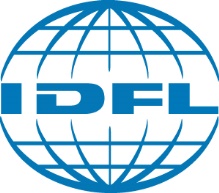BRIEF EXPLANATION OF TESTING OPTIONS

Content Analysis (Composition)
Down and feather filling material is separated by hand in a special sorting cabinet into the following components:
Down (including plumules)
Down Fiber
Feather Fiber
Residue (dirt, organic, etc.)
Feathers (waterfowl)
Chopped & Damaged Feathers
Quill Feathers (quill longer than 12cm) Landfowl Feathers (chicken, etc.)
IDFB International Method:
Japanese Method (JIS)
European Method (EN)
Double test of 2g down or 3g feathers
Double test of 3g down or feathers
Double test of 4g down or 6g feathers
1g of feathers or 0.1g of down is tested using microscope or microfiche.
The % of feathers in each category and average feather length are reported.
BOX CONDITIONING - Only use for down and feathers directly after washing and sorting.
TUMBLE DRY CONDITIONING - European method.
WATER RINSE CONDITIONING - Can be used for jackets, sleeping bags.
STEAM CONDITIONING - Use for finished products and bulk down.
Note: Steam Conditioning is the official international IDFB standard.
Odor
Fat & Oil
pH
Moisture Content
Dust Evaluation
Couché
Thread Count
Downproofness
Air Permeability
Size Check
Check Stitching
Wash Loss
Element Test
Fiber Identification
Chrome content
Bacteria Package
Pesticide Pkg
